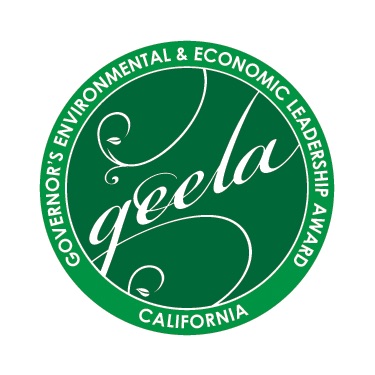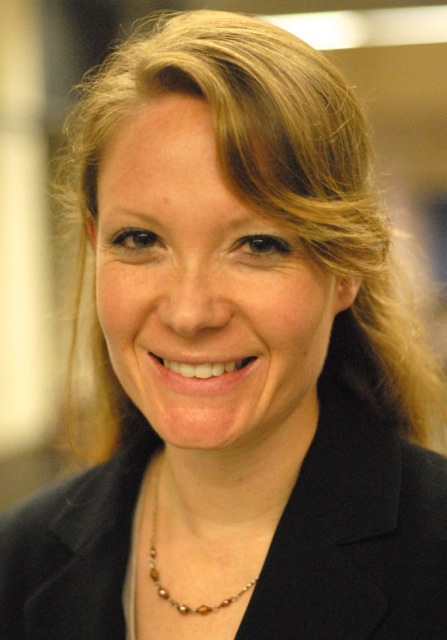Agriculture Among GEELA Recipients
Agriculture Among 2015 GEELA Recipients Honored
Twelve California organizations received the state’s highest environmental honor, the Governor’s Environmental and Economic Leadership Award (GEELA), in a ceremony last evening in California Environmental Protection Agency headquarters, Sacramento. Established in 1993, GEELA is awarded to individuals, companies and organizations that use sustainable business practices to conserve energy, reduce waste or prevent pollution while contributing to their local economy.
“This year’s GEELA recipients made extraordinary gains in sustainability, waste reduction and conservation,” said Secretary for Environmental Protection Matthew Rodriquez. “The winners also demonstrated their environmental achievements resulted in greater efficiency and economic benefits that spread beyond their organizations.”
The 2015 GEELA winners are:
Prather Ranch (Shasta County) for minimizing waste from animal food products and creating conservation easements to protect endangered species.
Sonoma County Winegrape Commission (Sonoma County) for advancing the goal to make Sonoma County the first fully sustainable wine region in the country by 2019.
Clean Water Action and Clean Water Fund (Alameda County) for its “ReThink Disposable” source reduction program that has helped 100 businesses and institutions reduce single-use disposable food and beverage packaging products by an average of 70 percent.
Sacramento Water Forum (Sacramento County) for its unprecedented effort to manage water temperature in real-time to protect incubating .. As a result of the partnership with U.S. Bureau of Reclamation, 95 percent of the brood survived.
San Diego County Regional Airport Authority (San Diego County) for annual enhancements of its waste reduction programs, including expanding food composting to all concessions, and recycling of air conditioner condensation.
Solana Center for Environmental Innovation (San Diego County) for its “Organics Marketplace” waste diversion program that has kept more than 16,000 tons of organic waste out of regional landfills, resulting in $20 million a year in savings.
Metropolitan Water District of Southern California (Los Angeles County) for water conservation education programs for pre-K through college level, used by more than 300 schools.
South San Francisco Scavenger Company and Blue Line Transfer, Inc. (San Mateo County) for the dry fermentation anaerobic digestion facility that is first in the nation to create a closed loop renewable fueling station from the processing of organics.
Stanford University for a new 70 percent more efficient energy system.
Orange County Department of Education and Orange County Waste & Recycling for “Project Zero Waste,” a K-12 education program at 200 schools.
REV for peer-based community learning to help organizations adopt a mindset of sustainability and improve efficiency.
City of Anaheim for the Anaheim Regional Transportation Intermodal Center, the world’s first LEED Platinum designed transit station.
The finalists were chosen by a panel of judges that included the Governor’s Office and the secretaries of the California Environmental Protection Agency; the Natural Resources Agency; the Department of Food and Agriculture; the State Transportation Agency; the Business, Consumer Services and Housing Agency; the Labor and Workforce Development Agency; and the Health and Human Services Agency.
For more information on the GEELA program and this year’s award recipients, please visit www.calepa.ca.gov/Awards/GEELA/.
###
















